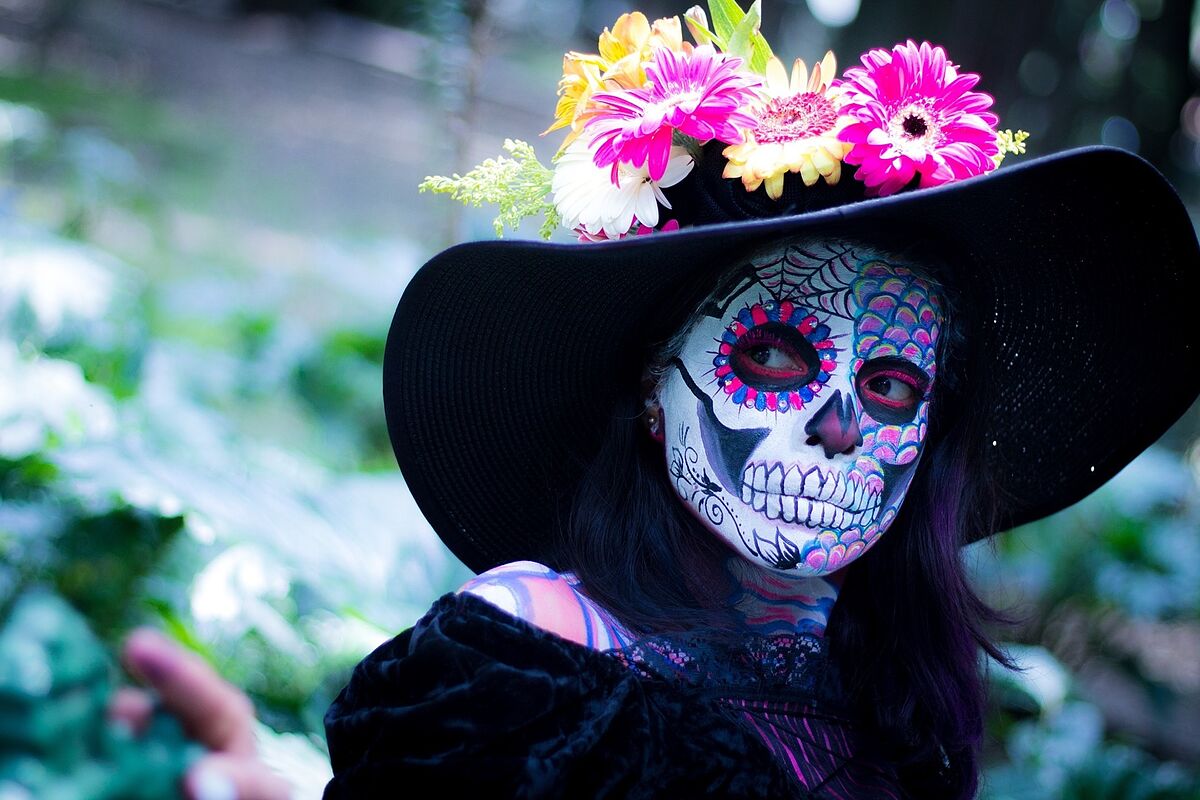
In 2008, UNESCO declared the Day of the Dead festivity an Intangible Cultural Heritage of Humanity, but what exactly is this holiday all about?
This emblematic Mexican holiday has pre-Hispanic origins, that is, prior to the Spanish conquest of the territory.
The cult of death was one of the basic elements of this culture, and this celebration is part of that.
When someone died in said pre-Hispanic culture, they were buried in a ‘petate’ (a kind of woven carpet) and their relatives were gathered in a party to guide them on their journey to the ‘Mictlan’ (the place of eternal rest). One of the forms of offering was to place food near the body.
Origin of the Day of the Dead in Mexico
The origins of this tradition go back to the confluence between the celebration of Catholic religious rituals brought by the Spaniards and the commemoration of the Day of the Dead that the indigenous people had been celebrating since before their arrival.
These native peoples transferred the veneration of their dead to the Christian calendar, which coincided with the end of the agricultural cycle of corn, Mexico’s main food crop.
Death, in this festivity, becomes a reason for celebration since it represents a living presence instead of absence.
Every year families arrange all kinds of offerings and altars to their deceased and these altars are decorated with flowers, skulls, pan de muerto and incense.
The flowers have a key role, since they are placed to facilitate the return of the souls to earth. Scattering ‘cempasuchil’ petals and placing candles has the objective of drawing the path that the souls will travel to reach their destination.
Why is the Day of the Dead celebrated on November 1?
The celebration of the Day of the Dead takes place on November 1 and 2 as the holiday is divided into two categories.
Following the Catholic calendar, November 1 corresponds to All Saints’ Day and this date is dedicated to deceased children.
November 2, meanwhile, honors the memory of the Faithful Departed, that is, the adults who are no longer with us.
This is a celebration that extends throughout Mexico, but with small nuances and particularities depending on the region.

